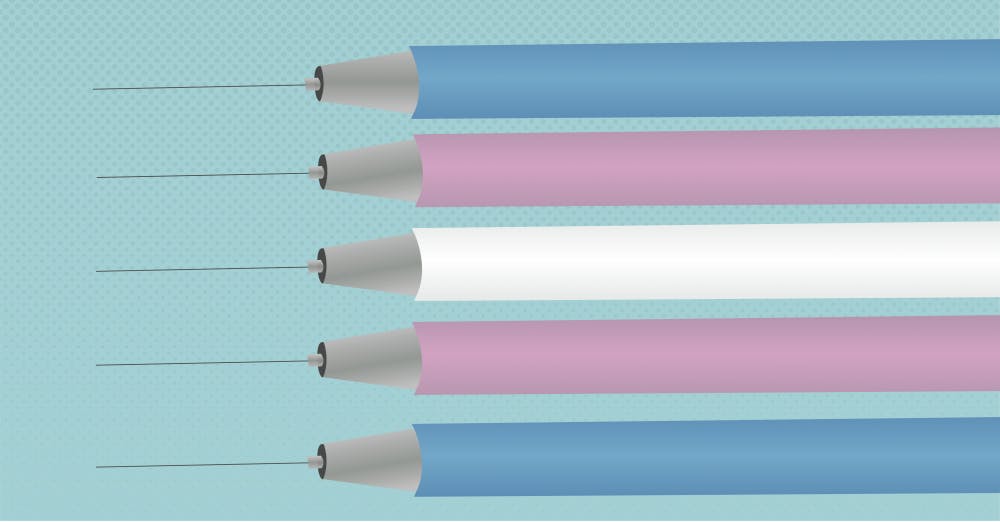Jordan White was in high school when he first came out. He was in the car with his sister and had been debating whether he should tell her or not. His stomach churned and his hands were sweaty, but he finally worked up the courage to tell her.
“Brianna, I’m a lesbian.”
Brianna said, “I don’t give a shit. You can be whoever you want to be.” And without missing a beat, transitioned into talking about boy bands.
A few years later when he started college, Jordan came out to Brianna again. This time he told her he was transgender. He said he never really felt like a girl and would be transitioning to male. Again, Brianna was nonchalant about Jordan’s news and told him to be who we wanted to be.
Jordan is among the 1.4 million adults in the United States who identify as transgender. This is roughly 0.6 percent of the U.S. adult population.
Transgender individuals have additional health concerns that cisgender people—those who identify with their birth sex—don’t have to consider. These additional considerations affect different aspects of a person, including their physical, mental, and sexual health.
After coming out as transgender, Jordan started wearing a binder on his chest to hide his breasts. He cut his already-short hair even shorter. He started wearing baggy clothes from the men’s department to hide his curvy figure. He lowered his voice when he spoke. Jordan did everything he could to come off as male.
And on May 4, 2017 at 20 years old, Jordan finally injected his first hormone shot.
To continue reading, visit ballbearingsmag.com.





